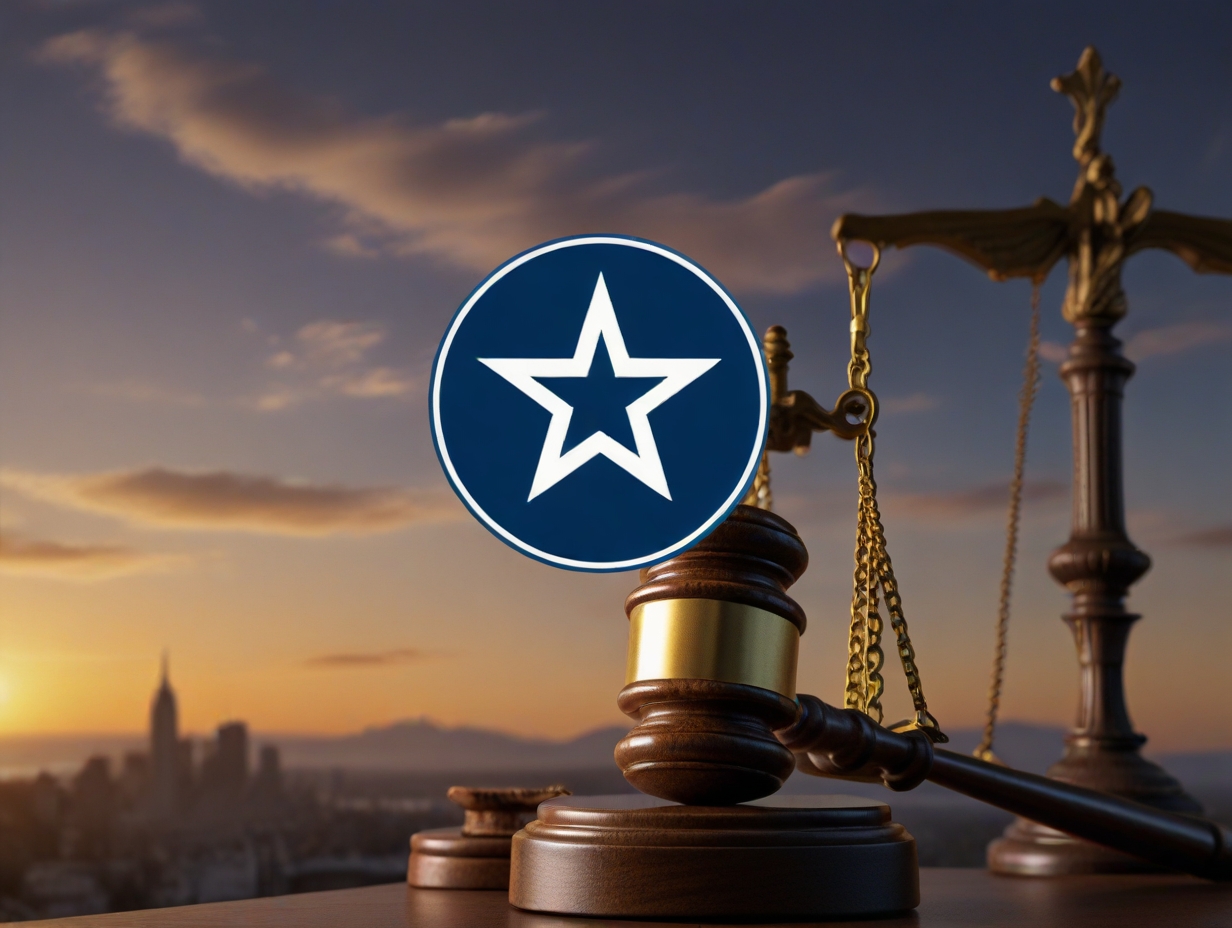The 1990s were a golden era for Marvel comic books, with an explosion of popularity that extended into the world of video games. While some Marvel games from that decade are still celebrated today, there are several that have faded into obscurity, largely forgotten due to their outdated graphics and lackluster gameplay. In this article, we’ll take a trip down memory lane to uncover eight forgotten Marvel games from the 1990s that may have slipped under your radar.
Iron Man and X-O Manowar in Heavy Metal: A Missed Crossover Opportunity
Released in 1996 on multiple platforms, “Iron Man & X-O Manowar in Heavy Metal” attempted to bring together two iconic Marvel characters in a side-scrolling shooter. The game’s plot revolves around protecting the Cosmic Cube from a gang of supervillains, with players collecting power-ups and battling enemies. However, the game received widespread negative reviews for feeling outdated, particularly in the context of the emerging 3D console gaming scene. It was available on the PlayStation, Sega Saturn, and various handhelds, but none of these platform releases garnered outstanding reviews.
The Incredible Hulk: The Pantheon Saga: A Flat Beat ‘Em Up
Eidos Interactive brought “The Incredible Hulk: The Pantheon Saga” to the PlayStation and Sega Saturn in 1997. This game attempted to introduce a beat-’em-up format to the 3D generation of home consoles but fell short. Despite featuring 3D environments, both the Hulk and the enemies were rendered as 2D sprites, resulting in a graphically lackluster experience. The sluggish controls and uninspiring visuals further dampened the gameplay. Despite delving into comic book lore with battles against the U-Foes and Trauma, the game is often considered one of the worst in video game history.
X-Men: The Ravages of Apocalypse: A misfit first-person shooter
In a rare attempt to blend the superhero genre with a first-person shooter, “X-Men: The Ravages of Apocalypse” was released on PC in 1997. However, this unique experiment didn’t quite capture the essence of the X-Men. Running on the Quake engine, the game had players shooting their way through levels filled with X-Men clones. While it arrived during a high time for PC shooters, the game’s graphics, level design, and the awkward fit of the X-Men license left much to be desired. It was eventually re-released as freeware in 2006, catering mainly to die-hard fans of the franchise.
X-Men: Mojo World: A repetitive side-scroller
“X-Men: Mojo World” found its way to the Sega Game Gear and Master System in 1996. This side-scrolling platformer allowed players to control characters like Wolverine and Rogue, among others, as they faced off against familiar enemies in the Mojo World. While the game made good use of the Game Gear’s 8-bit color graphics, the level design was repetitive and lacked imagination. This title, while not the worst in the genre or franchise, appealed primarily to Game Gear enthusiasts and dedicated X-Men fans.
Fantastic Four – A lackluster 2D beat ’em up
In 1997, “Fantastic Four” hit the PlayStation, attempting to revive the 2D beat ’em up genre with Marvel’s superhero quartet. Unfortunately, this genre had long passed its prime by the late 90s, and the game suffered from subpar graphics and clunky controls. Despite offering all four members of the Fantastic Four as playable characters, the side-scrolling experience failed to do justice to these iconic heroes. A Sega Saturn version was announced but ultimately canceled, with IGN even dubbing it one of the worst games ever made. The game’s one redeeming feature was its incongruously funky jazz soundtrack, which starkly contrasted the lackluster gameplay.
Marvel Super Heroes in War of the Gems: A Balanced Beat ‘Em Up
Based on the events of “The Infinity War,” “Marvel Super Heroes: War of the Gems” was released on the SNES in 1996. This beat-’em-up platformer allowed players to choose from Hulk, Spider-Man, Iron Man, Wolverine, or Captain America, each with distinct abilities and attributes. The game balanced the five superheroes well, presenting a range of enemies from the Marvel universe, including Daredevil, Doctor Doom, and Silver Surfer, with a cameo by Thanos. Drawing inspiration from the iconic Final Fight, this title managed to shine in a decade filled with superhero games.
Avengers in Galactic Storm: Pioneering assist characters
“Avengers in Galactic Storm,” released by Data East in 1995, was a fighting game that introduced assist characters to the one-on-one fighting format, a pioneering move for the genre. Featuring 3D rendered sprites and vibrant visuals, the game showcased characters like Captain America and Thunderstrike, with numerous others as assist characters. Set in the “Operation: Galactic Storm” comic book series, this fighting game laid the groundwork for future entries, including the famed “Marvel vs. Capcom: Clash of Super Heroes.”
The Punisher: The Ultimate Payback!—an on-rails shooter adventure
In 1991, Acclaim released “The Punisher: The Ultimate Payback!” for the Game Boy, an unusual entry for the Marvel franchise. This on-rails shooter brought Frank Castle’s quest for vengeance against the mafia to the compact handheld format. The game featured charming cameo appearances by Spider-Man in cutscenes and as a savior of hostages once players had eliminated their captors. “The Punisher: The Ultimate Payback!” was a handheld adaptation of the NES version released the previous year, both offering on-rail shooting gameplay and featuring villains such as Hitman, Sijo Kanaka, Colonel Kliegg, and Jigsaw.
While the 90s were a transformative period for Marvel comics and video games, not every Marvel game from that era found lasting success. Some, like “Iron Man & X-O Manowar in Heavy Metal” and “The Incredible Hulk: The Pantheon Saga,” fell victim to outdated graphics and uninspiring gameplay. Others, such as “Marvel Super Heroes in War of the Gems” and “Avengers in Galactic Storm,” managed to carve out a place in gaming history with innovative mechanics and engaging gameplay. These forgotten Marvel games serve as a reminder of the challenges faced by developers in bringing beloved superheroes to life in the ever-evolving world of gaming.





